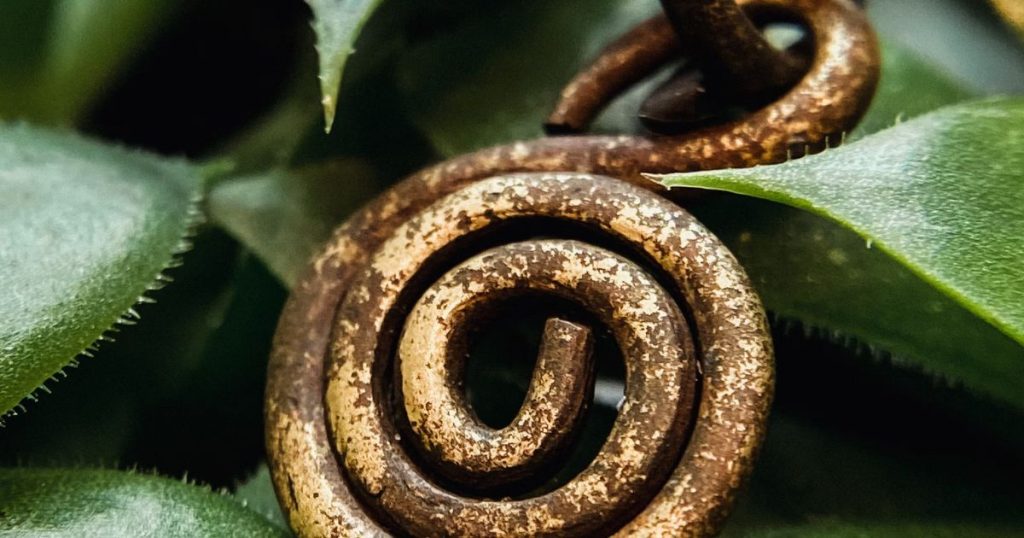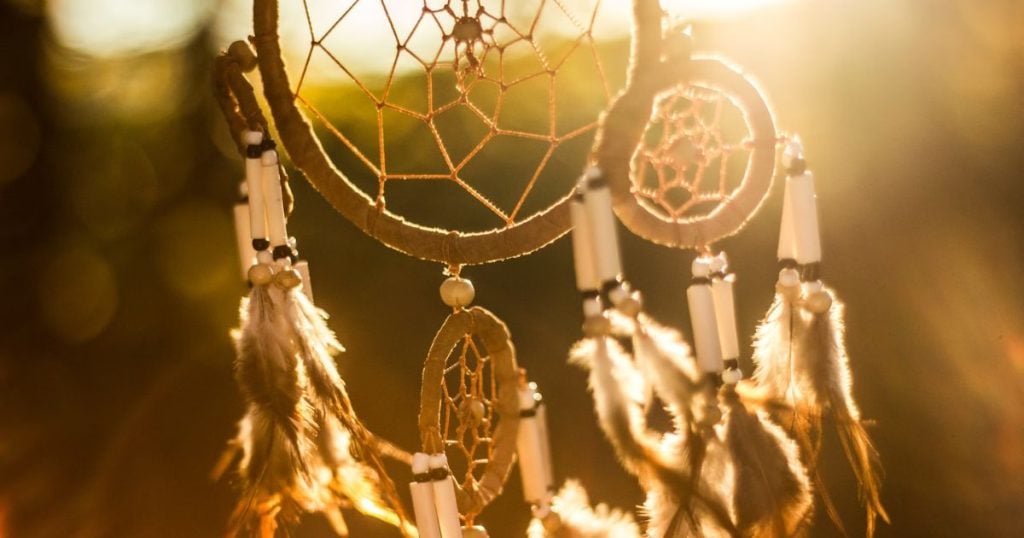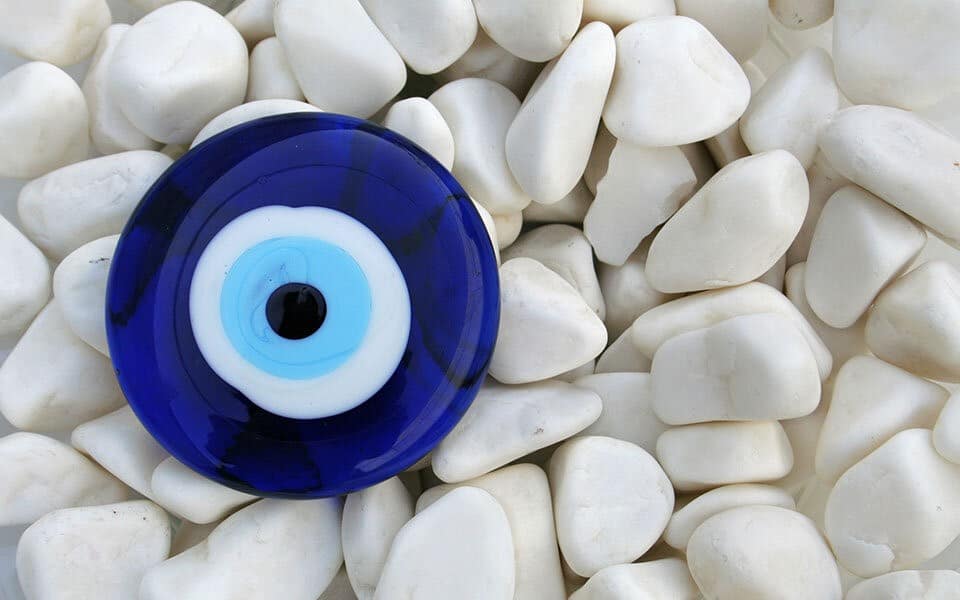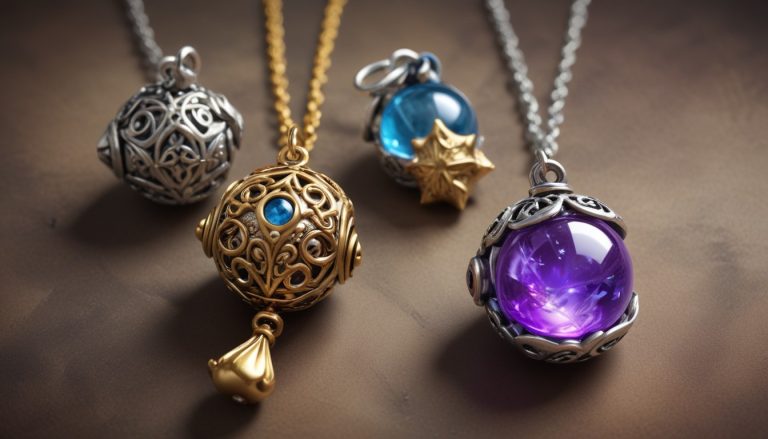Talismans, Charms, and Amulets in Western Culture
Generally speaking, charms, amulets, and talismans have a direct link to the occult and magic. Their origin dates back to early man, who drew spirals and other symbols on the walls of prehistoric caves to neutralize bad omens. The Ancient Egyptians and natives of Medieval Europe also used talismans during their rituals and secret occult practices.

Priests, Shamans, diviners, and normal people alike either carried a talisman on their person or hung them on places of interest to attract good fortune and health or ward off evil. From time immemorial, blacksmiths and skilled professionals would take their time to craft these precious charms that were so sought after by the people. Other talismans were naturally occurring and didn’t need to be made by man. Let’s explore some of the most popular and widespread charms, talismans, and amulets in Western culture:
The Greek Evil Eye
Someone who thinks ill of you could shoot you an evil eye from across the room. You might think that this death glare is harmless but Greek culture begs to differ. In ancient culture, a person could cast a spell on you if they were jealous of your achievements or social status. Wearing the evil eye charm anywhere on your body could protect you from intentional or unintentional curses.
Italian Horns
Much like the Greeks, the Italians have their own version of the evil eye known as the Malocchio. The best charm to protect yourself from the evil eye and other malicious spirits would be the Italian horn, which resembles twisted chili. You could opt for a gold amulet or a red horn-shaped charm known as a cornicello.
A Hare’s Foot
It is not uncommon to hear someone chant “rabbit rabbit” on the first day of each month. Saying these words and carrying a rabbit’s foot with you everywhere you go is said to bring you good luck for the rest of the month. Nobody really understands how rabbits and their feet became associated with good luck. Scholars theorized that European Americans carried on with a tradition they didn’t fully understand. However, it wouldn’t hurt to carry a hare’s foot around for good fortune.
Four Leaf Clovers
One thing that makes amulets and talismans so valuable is their rarity. The four-leaf clover is considered lucky because you can only find one in every ten thousand. The four sides of the clover stand for luck, hope, faith, and love. Christian legends believe that Eve plucked a four-leaf clover from the Garden of Eden after her banishment to remind her of paradise. Whatever the origin, you are sure to have a lucky day once you stumble upon this gem.
Dream Catchers
Nightmares and night terrors are extremely horrific experiences that could prevent you from getting the much-needed beauty sleep you need. Dream catchers could help with your troubled sleep by trapping all your nightmares, promoting pleasant dreams, and granting you good fortune. According to ancient folklore, sunlight dissolves any bad dream caught within the dreamcatcher, leaving you well rested and nightmare-free in the morning.

Viking Charms
The Vikings were pagans who used symbols carved on axes, swords, and other precious items to represent their myths, gods, and beliefs. For instance, the Valknut is a symbol comprising three interlocking triangles which represent the afterlife. The Vikings used the Helm of Awe during rituals to induce forgetfulness in victims.
Acorns
During ancient times, witches used acorns as a form of identification. Every time one witch passed another witch in the woods, they would reveal the acorns they carried on their persons. Acorns in Western culture are a sign of health and good fortune as carrying this lucky charm could protect you from ailments and body aches. Carrying an acorn is also believed to speed up recovery if you are already sick.
Hamsa Hand
According to Muslim and Jewish Communities, the Hamsa or Khamsa hand is a good luck charm that brings joy and wards off negative energy. The Hamsa hand charm contains an eye in the middle, which will watch out for you. Fortunately, it doesn’t matter whether you wear it facing up or down. The word hamsa has Hebrew roots and is believed to symbolize the first five books of the Old Testament. The number five is also significant in Islam as it references the five pillars of Islam.
Carp Scales
A carp is a type of freshwater fish native to Asia and Europe. According to ancient tradition, if you ate its scales, you would enjoy good fortune for the rest of the year. This practice of eating the scales is common in Czech and Slovakia. Alternatively, you could purchase ready-to-eat carp and keep a few scales in your purse or wallet for good luck.
Wrapping up
Charms, amulets, and talismans all have roots in religion, folklore, or culture that tell the unique story of how they came about and why they are so important in the community. If you are superstitious, you can try a few talismans charms and amulets










